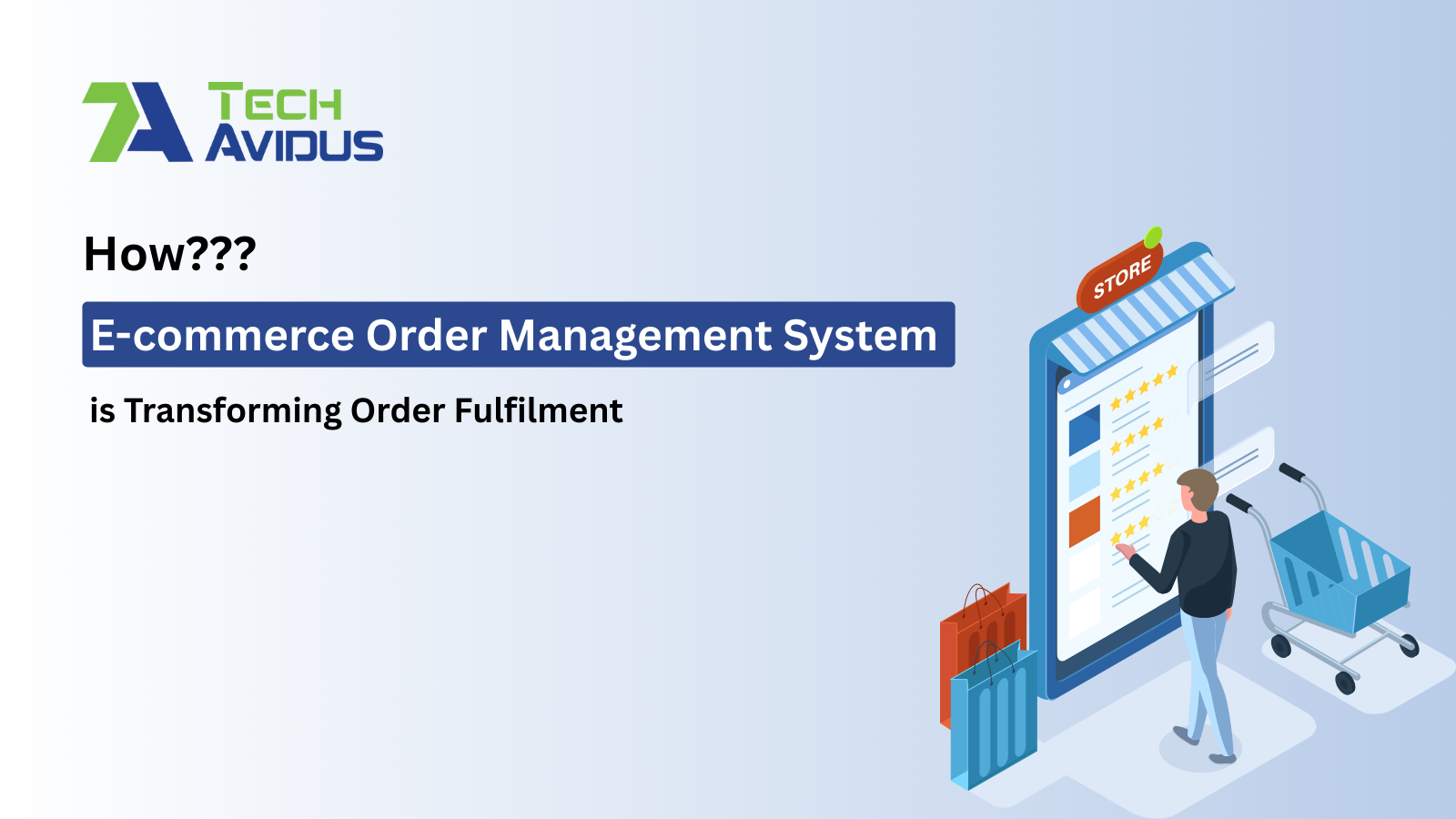
In today’s competitive supply chain world, fast and accurate order fulfilment is key to keeping customers happy and growing a business. With more sales channels and higher customer expectations, companies need strong tools to keep up. That’s where an E-commerce Order Management System (OMS) can make a big difference.
This article dives deep into how a modern OMS is revolutionizing e-commerce fulfilment for supply chain leaders and logistics managers.
An e-commerce order management system is a software platform that centralizes, tracks, and automates the order lifecycle—from order placement to delivery and even returns. It provides real-time visibility into inventory, automates workflows, integrates with warehouses, and ensures seamless communication across fulfilment partners.
Think of it as the brain of your e-commerce fulfilment operations.
Traditional order management involved spreadsheets, manual data entry, siloed systems, and reactive troubleshooting. But today’s supply chain demands agility.
Modern e-commerce order management involves:
Real-World Example: Brands like Zara and Nike use sophisticated OMS platforms to ensure that online orders are fulfilled efficiently across global warehouses, reducing delays and returns.
If you're experiencing any of the following, you’re not alone:
An OMS addresses these head-on by automating workflows and syncing data across platforms.
A robust OMS:
According to McKinsey, companies that adopt digital order fulfilment systems can reduce fulfilment costs by up to 30%.
🔍 What to Look for in a High-Performing OMS
Example: A fashion e-commerce business with warehouses in LA and NY can automatically route orders to the closest warehouse using an OMS with smart logic—saving time and shipping costs.
Here’s a quick checklist:
👉 Need help deciding? Book a free consultation to find the best OMS fit for your business.
In the ever-evolving supply chain ecosystem, managing orders manually or across disconnected platforms is no longer viable. An e-commerce order management system not only transforms order fulfilment but also positions your brand to scale, delight customers, and stay ahead of the curve.
Whether you're managing 100 orders or 100,000, investing in a smart OMS is an operational advantage you can't afford to overlook. Get a free consultation to find the right e-commerce order management system for your business. Let’s build a more efficient, customer-driven future—together.
Q1: Why are my e-commerce orders delayed?
A: Delays often occur due to poor system integration, manual workflows, and inefficient warehouse routing. An OMS fixes these with automation and real-time updates.
Q2: How to reduce shipping errors in online orders?
A: Use OMS features like barcode scanning, automated label printing, and picking verification to minimize errors.
Q3: Inventory shows in stock but items are out of stock—why?
A: Without real-time inventory sync, data can be outdated. OMS ensures live updates across platforms.
Q4: How can I scale order fulfilment during sales seasons?
A: A good OMS automatically scales with demand, using order splitting and smart warehouse routing.
Q5: Which OMS supports multi-channel inventory management?
A: Most modern systems like Skubana, Linnworks, and Zoho Inventory support it. Schedule a consultation to assess what fits your needs.
Q6: What’s the best way to automate dropshipping fulfilment?
A: Choose an OMS with supplier integration, automated order forwarding, and real-time updates.
Q7: How can I reduce cart abandonment with faster processing?
A: OMS shortens processing times, enabling faster delivery estimates which reduce cart drop-offs.

Keshu Keshvala is the Chief Marketing Officer at TechAvidus — a trusted software development company based in India, specializing in AI-powered web, mobile, and custom software solutions. With 10+ years of experience in the IT and software development industry, Keshu has played a key role in delivering enterprise-grade digital solutions that help clients reduce costs, improve efficiency, and achieve optimal results tailored to their business needs.
Our Top 1% Tech Talent integrates cutting-edge AI technologies to craft intelligent, scalable, and future-ready solutions.
All Rights Reserved. Copyright © 2025 | TechAvidus